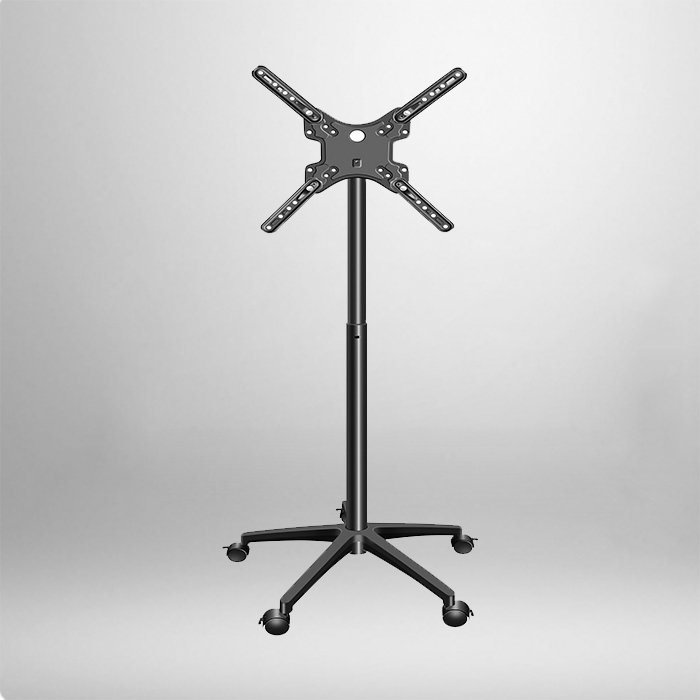
In the realm of home entertainment, TV brackets have emerged as an essential accessory, transforming the way we interact with our televisions. These unassuming fixtures serve as more than just a means of support; they play a crucial role in optimizing viewing experiences, enhancing room aesthetics, and maximizing space utilization. However, like any technological innovation, TV brackets also present certain challenges and considerations that warrant exploration.
One of the primary advantages of TV brackets is their ability to improve the viewing experience. By allowing users to adjust the height, angle, and swivel of the television, brackets ensure that viewers can find the most comfortable and ergonomic position. This is particularly beneficial in multi – functional rooms where seating arrangements may vary. For example, in a living room that doubles as a home office, a wall – mounted TV bracket with full – motion capabilities enables users to switch between a seated work position and a reclined viewing position without straining their necks or eyes. Moreover, ceiling – mounted brackets are ideal for spaces with limited wall space, providing a unique vantage point for immersive viewing, such as in home theaters.
TV brackets also contribute significantly to room aesthetics and space management. Wall – mounted brackets, in particular, free up valuable floor space, creating a cleaner and more open look. This is especially important in smaller living spaces where every inch of floor area matters. Additionally, the sleek and minimalist design of many TV brackets complements modern interior decor, enhancing the overall visual appeal of the room. By integrating the television into the wall, brackets help create a more cohesive and streamlined look, rather than having the TV stand out as a bulky, standalone piece of furniture.
However, the use of TV brackets is not without its challenges. Installation can be a complex and potentially risky process, especially for those without technical expertise. Incorrect installation can lead to the television falling, causing damage to the device and posing a safety hazard. Ensuring that the wall or ceiling surface can support the weight of the TV and bracket combination is crucial, and this often requires knowledge of building materials and structural integrity. Furthermore, the cost of high – quality TV brackets, along with the potential need for professional installation, can add significantly to the overall expense of setting up a home entertainment system.
Another consideration is the long – term durability and functionality of TV brackets. Over time, the moving parts of full – motion brackets may wear out, resulting in limited adjustability or even mechanical failure. Exposure to dust, humidity, and temperature fluctuations can also affect the performance of the bracket and the safety of the mounted television. Regular maintenance, such as lubricating moving parts and checking for signs of wear and tear, is necessary to ensure the longevity of the bracket and the continued safety of the setup.
In conclusion, TV brackets offer numerous benefits in terms of enhancing the viewing experience, improving room aesthetics, and optimizing space. However, they also come with their fair share of challenges, from installation complexities to long – term maintenance requirements. As technology continues to evolve and televisions become larger and thinner, the design and functionality of TV brackets will need to adapt accordingly. Striking a balance between functionality, aesthetics, and practicality will be key in ensuring that TV brackets remain an essential and reliable component of home entertainment systems.


